
Red, White and Delicious: Pairing Wines for Your Holiday Meal (and Mine)
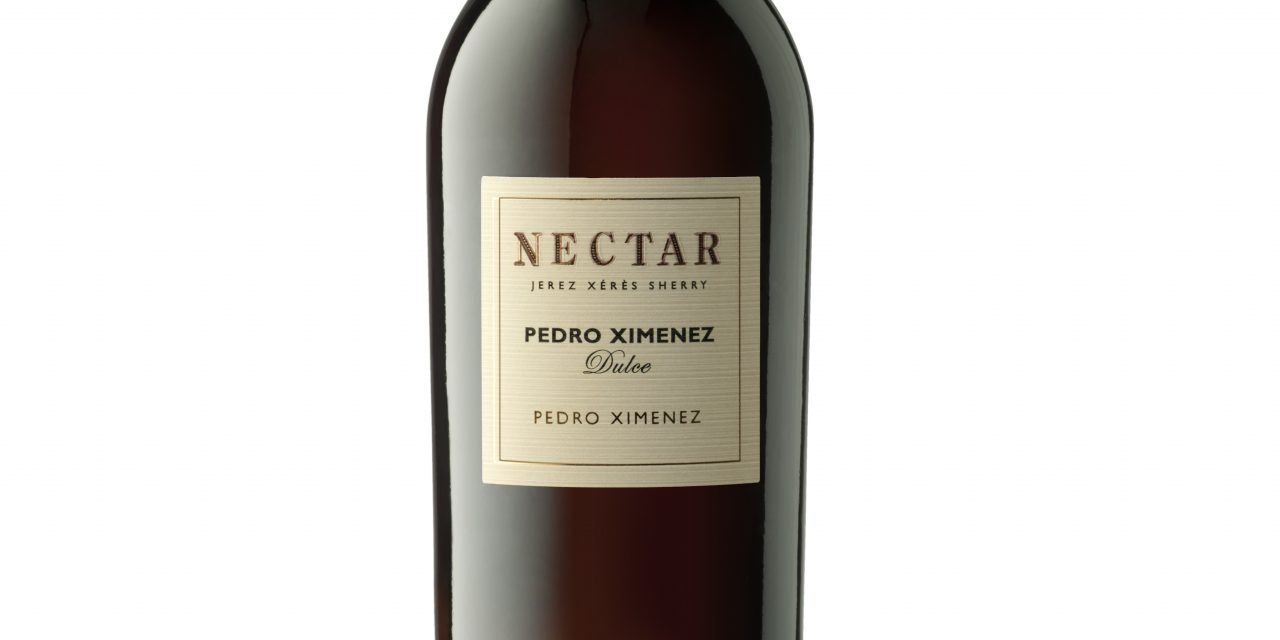
Once upon a time, the rules were simple: red wine with meat; white wine with fish. Then came a new rule: ignore the old rule and drink whatever you like.
Perhaps it’s better to forget rules and simply follow some general guidelines to enhance your enjoyment of both wine and food.
Consider balance, so that neither the food nor the wine overwhelms the other. Just as cooking is a balance of fat, acid, salt and sweet, so, too, is wine pairing.
Weight: A hearty dish like Beef Bourguignon calls for a full-bodied wine like red Burgundy. Though reds are the usual accompaniment to powerful meat dishes, it’s not the color that’s most important. For example, a full-bodied white wine might be a better match than a light red. Conversely, a light, delicately prepared fish – like Trout Amandine – needs a light and delicate wine.
Acidity: Both food (tomatoes, citrus, etc.) and wine (particularly those from cool climates) can have acidity. For example, many Italian dishes are made with olive oil, so many Italian reds have considerable acidity, which matches the tomatoes and cuts through the olive oil. Acidity in wine pairs well with fatty and sweet foods. Fatty foods need either an acidic or high alcohol wine, otherwise the wine will taste flabby.
Salt: Salty foods taste better when balanced with a bit of sweetness, as when prosciutto is served with melon. Take a salty cheese and match it with a nice sweet Sauterne and you have a delicious match. Salty shouldn’t compete with acidity in wine, so use sparingly as necessary to keep sharpness in the meal.
Sweetness: As sweet foods (i.e., desserts) make dry wines seem tart and acidic, a good guideline is to serve wines that are as sweet or sweeter than the dish.
Tannins: Because of its high tannic content, a Cabernet Sauvignon drunk without food can cause your gums to pucker. Wine tannins are attracted to protein (as in your saliva), so when the wine is drunk with fatty lamb, the tannins attach to the protein molecules in your mouth which strip them, leaving your mouth feeling cleansed.
Flavor intensity and characteristics: When the flavor characteristics of food and wine match, you have a nice pairing. For example, shellfish are complemented by delicate wines like Muscadet, while fruit-based desserts match with fruity Muscat wines and creamy sauces go well with wines fermented in new oak barrels (oak infuses the wine with buttery, creamy flavors).
So with all this in mind, my family enjoyed three excellent wines with a recent holiday meal. As our meal began with a sampling of fish dishes, we accompanied these with a 2015 Ciù Ciù Merlettaie, a Pecorino wine from Offida, a town in the province of Ascoli Piceno in the Marche region of central Italy. Pecorino is a light-skinned wine grape used in Italy’s eastern coastal regions, particularly in Marche and Abruzzo. This classic Pecorino-based wine is dry and minerally,with a lovely straw-yellow color and has a floral bouquet of acacia and jasmine. The taste is rich, the finish long.
Though everyone agreed that the Ciù Ciù Merlettaie would definitely be part of future meals, it was the red wine that accompanied our beef roast that was the star: the Barbera d’Asti Superiore (2010) from the Castello di Gabiano winery, located on the estate of a historically important castle in the Piedmont Region of northwest Italy. Castello di Gabiano has a reputation for producing world-class wines, and this one, the Adornes, is a superb example of what Barbera should taste like. With deep, warm and velvety flavors, it is the perfect balance between tannins, alcohol and the typical acidity given by the grape variety. And yes, it has a long finish.
As we had our usual holiday selection of several desserts, our wine pairing, a Pedro Ximenez Nectar, was successful in varying degrees. It was perfect with our dark chocolate cake and our sweetest pastries and still quite good with the cakes that weren’t quite so sweet or rich. The Nectar is a very dark and intense mahogany color, with sweet aromas of raisins and caramel with slight hints of wood. It’s very sweet and velvety on the palate and has a long and lovely finish.
We enjoyed all three of our paired wines and hope that your festive meals are accompanied by great wines.
Happy Holidays!










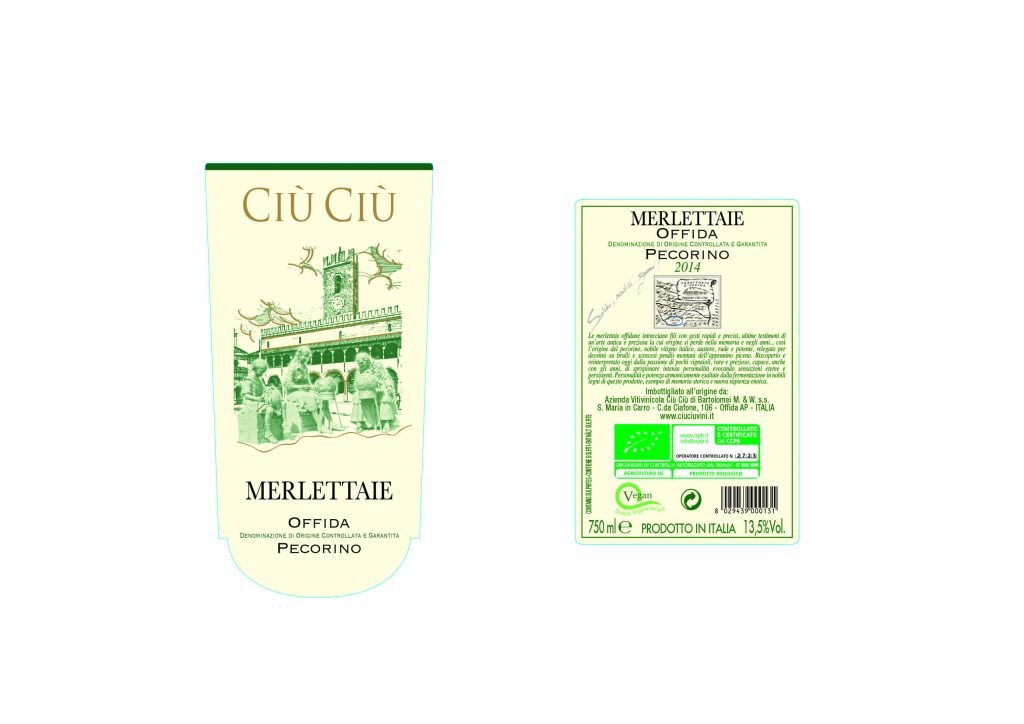
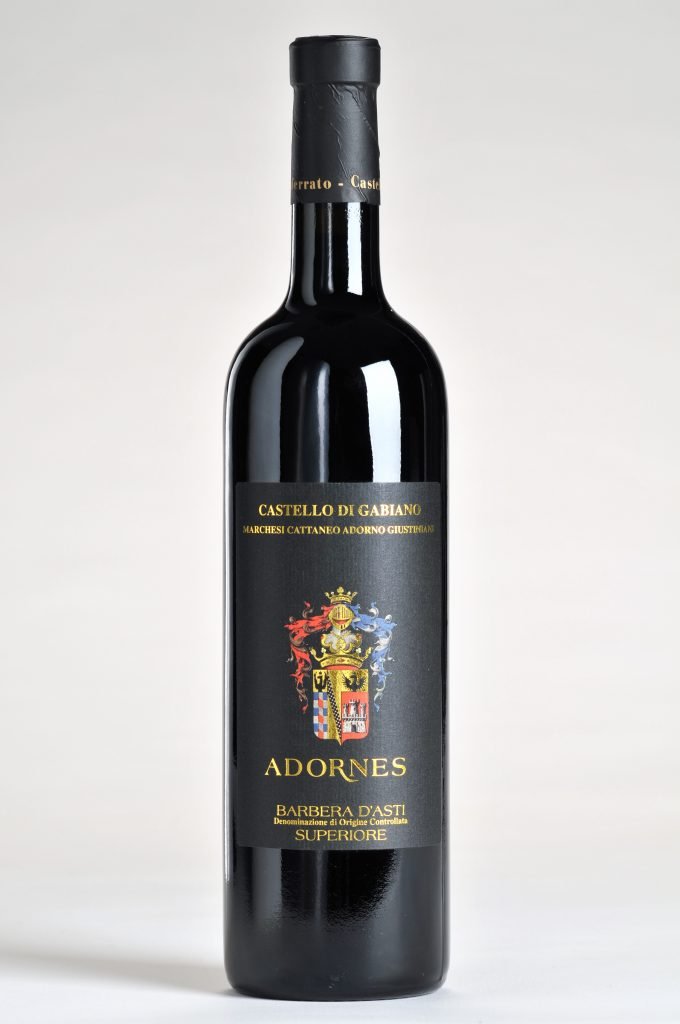
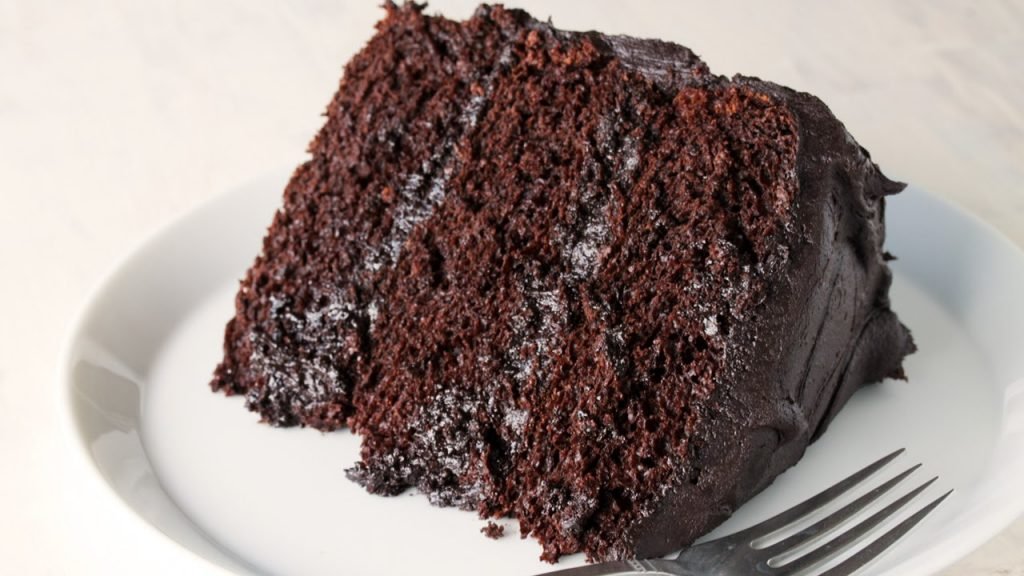

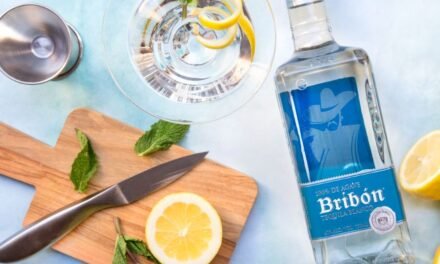


![National Vodka Day [COCKTAIL TIME]](https://luxebeatmag.com/wp-content/uploads/2021/09/Tommyrotter-Vodka-440x264.jpg)




















